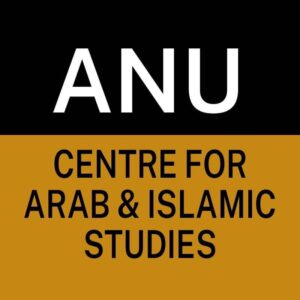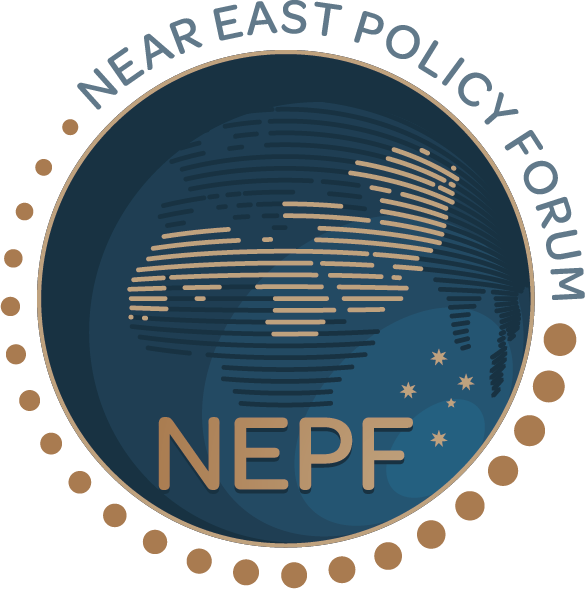Iran’s forward defense strategy, coupled with strategic miscalculations, has led to a retrenchment of its role in Lebanon’s domestic politics; a curtailment which in turn has reduced Hezbollah’s power base. This weakening has resulted in a marked shift in the balance of power, tilting deterrence in favor of Israel, the US, and Hezbollah’s opponents within Lebanon. The military degradation of Hezbollah, compounded by the assassinations of its leaders, including its secretary general, and the lack of unity among its allied fronts, could be a transformative turning point in Lebanon’s political landscape.
A watershed moment occurred on 9 January 2025, with the election of Lebanese Armed Forces Commander General Joseph Aoun as the 14th President, followed by the appointment of Judge Nawaf Salam as Prime Minister days later. Both are seen as independent of the entrenched ruling class and not aligned with Hezbollah, marking the end of the pro-Hezbollah caretaker government that had presided over a two-year presidential vacuum.
On 9 February 2025, a new government was formed, ushering in a new political era centered on reform. Its agenda prioritises Lebanon’s multilayered crises: its financial and economic collapse, the reconstruction and recovery needs of Lebanon post-war, which stand at $11 billion according to the World Bank, and the implementation of UN Security Council Resolution 1701.
Despite ongoing Israeli ceasefire violations, the fragile truce remains intact. However, Israel’s occupation of five points in southern Lebanon prevents the Lebanese Armed Forces (LAF) from fully asserting control in the region. This enables Hezbollah to sustain its justification for retaining arms as resistance against Israeli occupation. According to the Lebanese Prime Minister Salam, 80% of the Government’s objectives in taking control of the south have been achieved, notably by dismantling non-state military infrastructure and strengthening the LAF’s deployment. The government is determined to establish a monopoly over arms, a move welcomed by international stakeholders as essential for reconstruction. In line with this goal, plans are underway to disarm Palestinian factions in Beirut’s three refugee camps, reflecting a broader state-led effort to centralise coercive authority.
The issue of Hezbollah’s weapons remains contentious. While some MPs present Hezbollah’s military capacity as a national asset, its social base perceives state disarmament efforts as politically marginalising. Hezbollah has been quietly ceding military posts to the LAF north of the Litani River, yet its conditional readiness to confine its presence to areas south of this river raises questions about its future compliance and related risks of civil unrest. In this landscape, the LAF plats a critical role in preserving stability and containing tensions.
The recent war has not significantly eroded Hezbollah’s popularity among its core Shia base, which remains loyal to both Hezbollah as well as pro-Shia group, Amal. Together, they hold a near-monopoly on Shia political representation in Lebanon, a community comprising approximately one-third of the population. Unlike the post-2006 scenario, when Iran and Hezbollah directly oversaw the reconstruction process, thereby consolidating Iranian influence and reinforcing Hezbollah’s domestic position, the current post-war rebuilding effort is being led by the Lebanese state. Hezbollah alleges that state authorities have obstructed the flow of funds arriving from Iran. This shift reflects both Iran’s constrained financial capacity due to sanctions and economic crisis, and Western efforts to restrict the transfer of funds to Hezbollah through formal or informal channels.
According to the American position, the disbursement of foreign aid for the reconstruction of Lebanon’s conflict-affected areas has been contingent upon the consolidation of state authority over arms. In parallel, Hezbollah’s operational space has narrowed in key security sectors. At Beirut International Airport, several measures have been taken to enhance security and curtail Hezbollah’s influence. The LAF has also intensified efforts to curb smuggling and closed illegal crossings along the Syrian border, particularly in the northern and eastern regions, signaling a stronger commitment to asserting state control over Lebanon’s sovereign frontiers.
In South Lebanon, out of 272 municipalities, 127 were won by acclamation, while elections were held in the remaining 145. Although the Shia duo of Hezbollah and Amal, did not secure complete control, most of the winning lists were broadly aligned with Hezbollah and its political narrative. As such, some reports suggest that these results do not indicate a significant shift in political attitudes, which largely continue to favor the Shia duo. Rather than a rejection of the duo, the outcomes may reflect underlying tensions between the grassroots base and the political leadership.
The municipal elections of May 2025 served as a political barometer, revealing shifts within Lebanon’s sectarian power-sharing system; shifts which are likely to persist. Notably, shifts are anticipated in the distribution of parliamentary seats among Christian and Sunni representatives. The Lebanese Forces, a predominantly Christian party, are expected to expand their influence, likely gaining seats at the expense of their rival, the Free Patriotic Movement, widely viewed as the main enabler to Hezbollah’s political dominance over Lebanon. The return of former Prime Minister Saad Hariri, son of the slain Rafic Hariri, signals a potential reconfiguration of Sunni leadership. These dynamics are poised to reshape the composition of the 2026 parliament. Meanwhile, the Shia duo continues to exert dominant control over the 27 parliamentary seats allocated to the Shia community. Growing opposition from within Shia ranks, particularly from clans and tribal networks, may present a nascent challenge to this hegemony.
The views expressed in the Near East Policy Forum are those of the authors and do not represent the views of the Near East Policy Forum or any of its partner organisations.




